
ADAI is a non-profit private institution associated with the Faculty of Sciences and Technology of the University of Coimbra (Portugal). ADAI focuses on developing applied research on forest fires with the aim of improving people and asset safety. In FireEUrisk, the team from ADAI works to design models on how extreme wildfires behave.
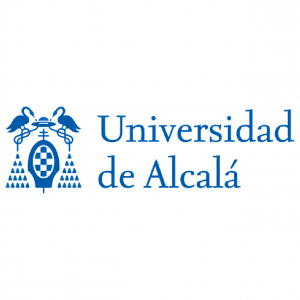
The UAH is a a leading Spanish university that covers all fields of study, from social sciences to health and engineering. In FirEUrisk, UAH researches human drivers of wildfire ignition, methods to assess fire risk and the development of a risk strategy.

KEMEA is a Greek think tank that aims to support security policies and civil protection consultation. It brings together first responders, civil protection and other relevant stakeholders to enable them to collaborate and exchange experiences. In FirEUrisk, KEMEA organises the Pilot Site and Demonstration Area in the East Attika Region in Greece and participates in a variety of other tasks.
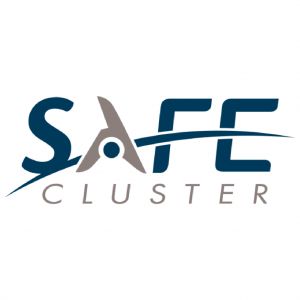
SAFE Cluster is a non-profit association that builds the links between end-users, experts, scientists and technology providers to promote innovation. In FirEUrisk, SAFE Cluster manages the integration of services and results.

The European University Cyprus cover a wide range of studies and, through CERIDES– Excellence in Innovation and Technology, it develops innovative technology to manage risk. In FirEUrisk, the team applies their expertise in decision science to design fire risk assessment models and frameworks, safety education and fire-related policymaking.

The School of Aerospace Engineering (SIA) is a faculty of the Sapienza University of Rome (Italy) that develops applications based on the exploitation of satellite images, especially in the focus of Earth observation for security and environmental monitoring. SIA applies this knowledge to contribute with the assessment of fuel properties, current fire danger, factors of ignition and many more wildfire risk characteristics in FirEUrisk.

The SGN is a member institution of the Leibniz Association in Germany, and it is one of the most renowned research institutions that focuses on biodiversity. In FirEUrisk, SGN collaborates with their expertise in statistical large-scale fire modelling and modelling fire impacts on vegetation.

TUD is one of the leading universities in Germany, with a broad variety of programmes and research sectors. Its groups of Environmental Remote Sensing and Forest Protection manage the Central-European Pilot Site for FirEUrisk.
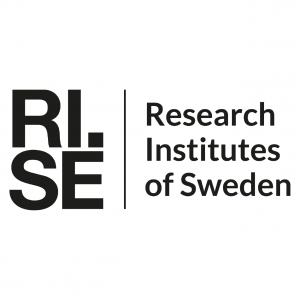
RISE is a government-owned research institute that focuses on applied research within most technological areas. Within FirEUrisk, RISE researches the main differences that the northern European countries face in terms of wildfire management from other countries that traditionally are affected by forest fires and applies this knowledge in pilot sites.
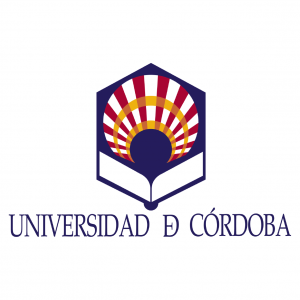
The UCO is one of the top research institutions in Spain. Its Forest Fire Laboratory (LABIF-UCO) researches the implementation of new tools to assess fire weather and fuel status, to develop landscape models and the analysis of fire propagation in FirEUrisk.
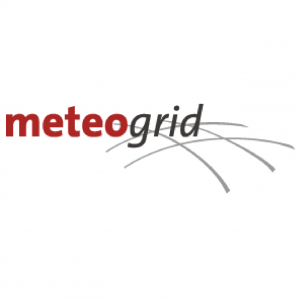
MeteoGrid is a company that offers services of applied climatology and meteorology, weather forecasting and risk management. In FirEUrisk, the team applies their knowledge and research into a variety of aspects and fire risk assessment and collaborates in awareness campaigns directed to citizens.
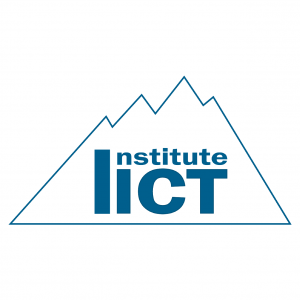
The IICT of Bulgarian Academy of Sciences conducts fundamental and applied research on computer science, information and communication technologies. Within FirEUrisk, the IICT-BAS collaborates with their expertise on land use policies, fuel characteristics and forest management planning as well as on trainings and dissemination.
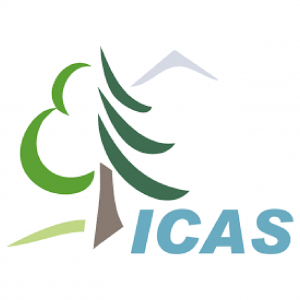
The INCDS “Marin Drăcea” is part of the Research and Development System of National Importance of Romani and focuses on the forest sectors, specifically in forest ecology, genetics, protection and ecological reconstruction. In FirEUrisk, it manages the Demonstration Area in Romania.
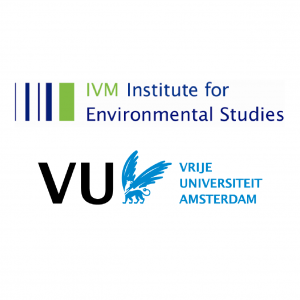
The IVM from the Vrije University of Amsterdam (The Netherlands) in one of the world’s leading institutes in sustainability science. It contributes to FirEUrisk through expertise on land use change to create stronger decision-support tools.

The Faculty of Electrical Engineering, Mechanical Engineering and Naval Architecture (FESB) in the University of Split (Croatia) focuses on teaching, research, development and innovation in the areas of technical sciences. In FirEUrisk, FESB conducts multi-disciplinary scientific research on the usage of communication technologies in wildifires, specially in assessment of wildfire prevention and policies.

The CNR is the largest public research institution in Italy, with investigation activities in a variety of disciplines. Within FirEUrisk, the CNR works on wildfire behaviour simulation modelling, monitoring wildfire severity and assessment of wildfire impacts, among other tasks.
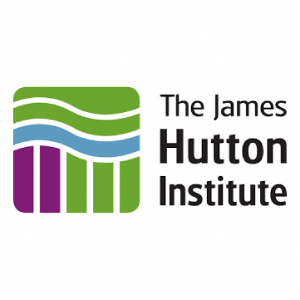
JHI is an interdisciplinary centre from United Kingdom for research into land use, environment, food, and people. In FirEUrisk, JHI is working on the assessment of socio-economic impact and vulnerability to forest fires.
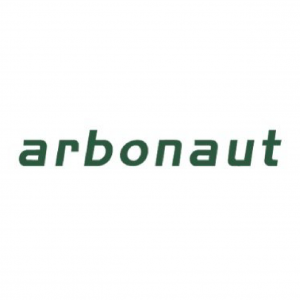
ARB is a Finnish technology company specialised in forest inventory and fire risk assessment services, specifically developing platforms to manage spatial forest and fire data. Within FirEUrisk ARB, is developing further the existing methodologies for fire risk assessment.
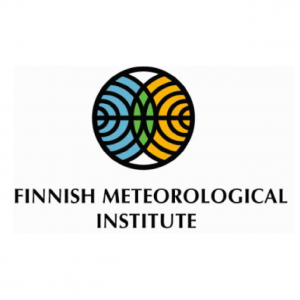
The FMI is a research and service governmental organization which main objective is to provide the best possible information about the atmosphere. In FirEUrisk, the FMI applies its fire forecasting capabilities into fire risk assessment and health impact.

The NCSRD is a Greek research centre that coordinates multiple institutes, including the Institute of Nuclear & Radiological Sciences and Technology, Energy & Safety (INRASTES), which pursues basic and applied research in a broad spectrum of scientific and technological fields. Within FirEUrisk, the institute provides a new methodological approach to the research of human induced ignitions.
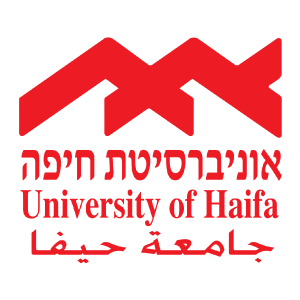
The University of Haifa is the largest comprehensive research university in northern Israel. In FirEUrisk, partners from this university are in charge of developing models for estimating wildfire ignition risk and generating the first map of the wildland urban interface in Europe.
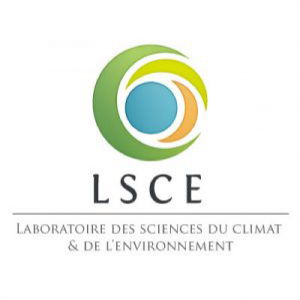
The LSCE aims to understand biogeochemical cycles to predict the changes our planet will have to face. Within FirEUrisk, they develop empirical relationships between climate and ecosystems and model fires in Europe.

The UdL hosts the main agri-food, forestry and veterinary campus of Catalonia and the northeast of Spain. In FirEUrisk, their tasks are related to forest and fire management, plant-fire interactions and ecological vulnerability.
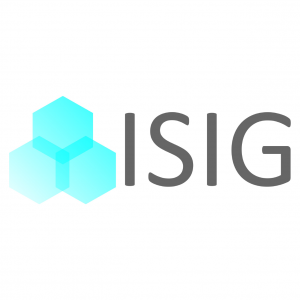
The ISIG is a centre of excellence for sociological research and special advisor to the Economic and Social Council of the United Nations. Within FirEUrisk, they assess the major social drivers of wildfires and the strategies to tackle them.

PIK is a research centre with top groups working on climate change and sustainable development. In FirEUrisk, they provide simulations of future fire regimes and vegetation changes under future climate and land-use change.

The largest comprehensive research university in northern Israel. They will be in charge of developing models for estimating wildfire ignition risk and generating the first map of the wildland urban interface in Europe.

Satways is a company focused on the development of Security and Public Safety applications. In FirEUrisk, they are responsible for the implementation of high-resolution visualization strategies to represent real-time situational information.

GMV is a leader in aeronautics, space and telecommunications sectors. Their role in FirEUrisk is to provide satellite-based products for fire risk reduction concerning Forest Condition and Ecosystem Vulnerabilities.
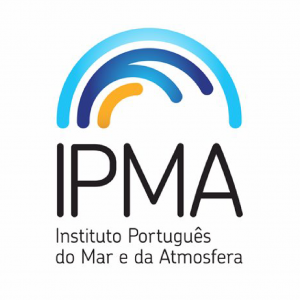
The IPMA is a research institution which has a long experience in evaluating fire risk and in monitoring fire events. In FirEUrisk, they apply their expertise in fire risk management, vegetation dynamics and vegetation recovery.
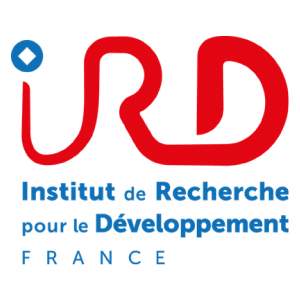
The IRD is a French multidisciplinary research institute dedicated to working on global development issues. Within FirEUrisk, they tackle ecological dynamics such as vegetation and fire modelling for climate impacts and landscape scale analysis of fire distribution.
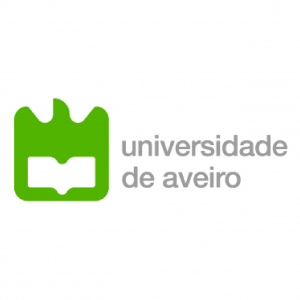
The UAVR has a long tradition of research dedicated to forest fires. Within FirEurisk, the UAVR works in the investigation and modelling of smoke emissions and its impact on human health.
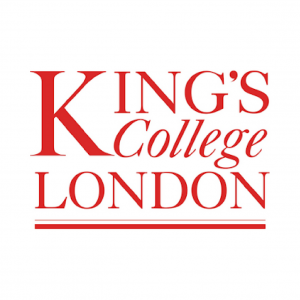
King’s College London is one of the most renowned academic institutions worldwide. Its role in FirEUrisk relates to exploitation of satellite data to provide information on wildfires in Europe.
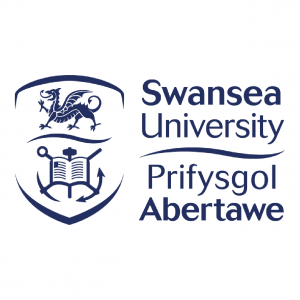
This high-ranked Welsh university is in charge of designing frameworks and models to assess the needs in Europe for key concepts such as soil erosions, flooding and water quality.
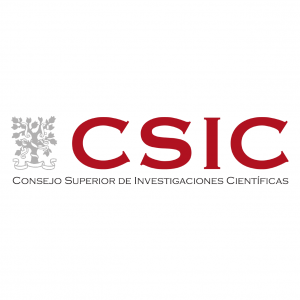
CSIC is the largest public research institution in Spain and the third in Europe. It plays a key role in FirEUrisk, aiming to produce databases and protocols to tackle ecological factors along with providing a Demonstration area in eastern Spain.
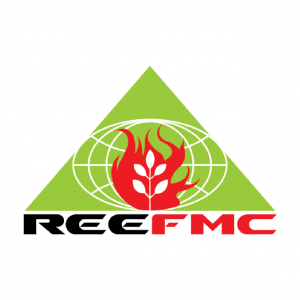
The REEFMC is a non-governmental R&D organization serving at the interface between fire science and landscape fire management. Within FirEUrisk, they work on fire risk assessment strategies and policy analysis at several levels.
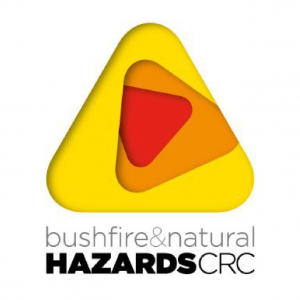
This Australian research centre brings a core catalytic role for FirEUrisk: it provides data and advice based on current science research in Australia and link the cooperative research centre’s networks to the consortium.
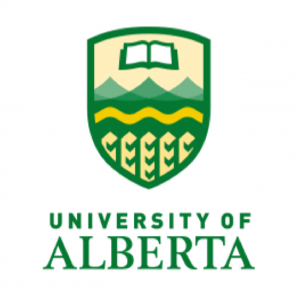
The University of Alberta is a top 5 Canadian university and one of the most relevant research institutions in the country. It brings leading groups to the FirEUrisk consortium to contribute to fire and weather and climate interactions studies.
We also have third parties contributing to the consortia, supporting:
ADAI

The University of Coimbra (UC) is a Portuguese public and autonomous higher education institution created in 1290 and supports the work of ADAI with two of its research units: the University of Coimbra Institute for Legal Research (UCILeR) and the Faculty of Medicine of the University of Coimbra (FMUC).
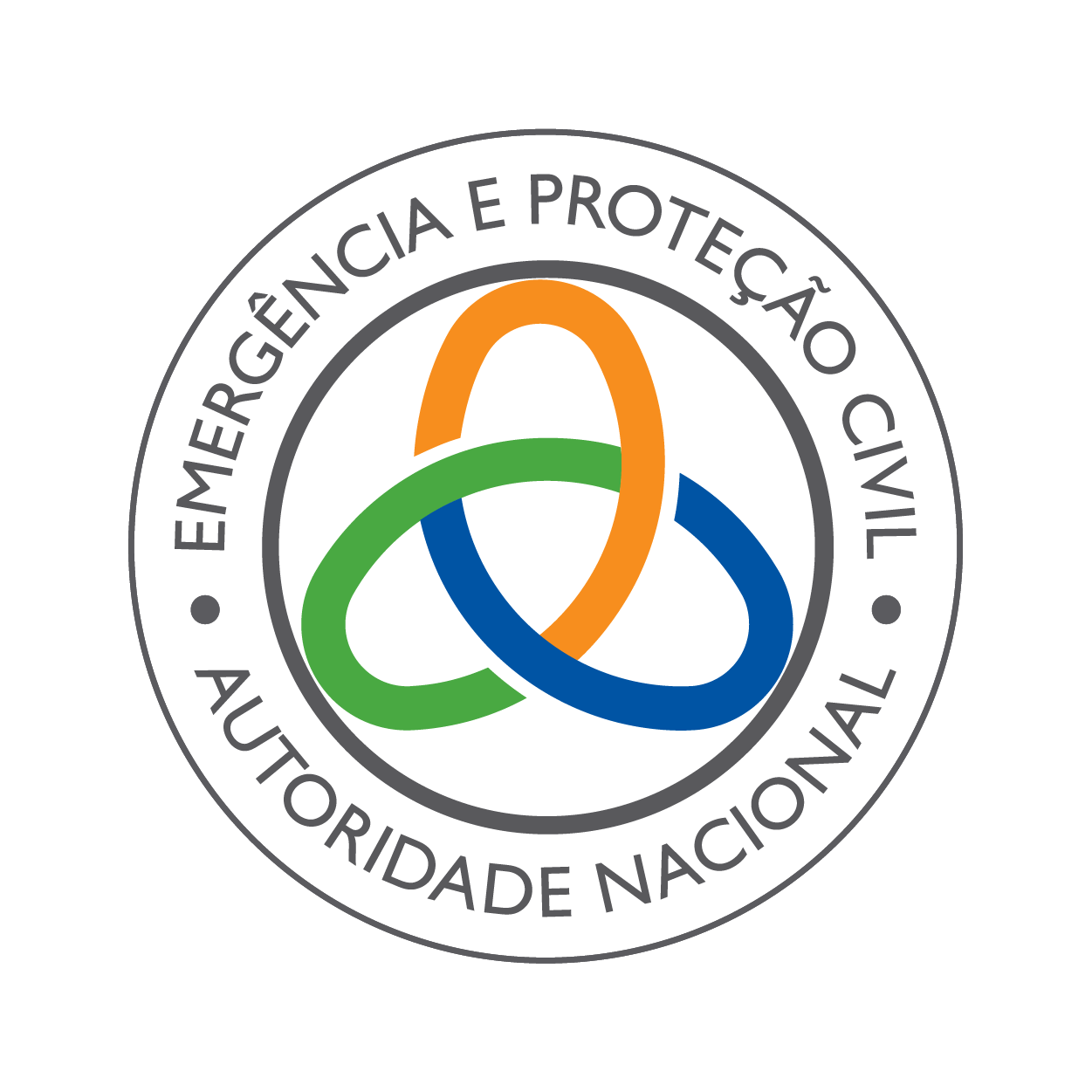
ANEPC or the National Authority for Emergency and Civil Protection is the Portuguese state entity responsible for the planning, coordination and execution of civil protection policies, namely in the fields of prevention and response to major accidents and disasters, and in the scope of protection and relief operations.
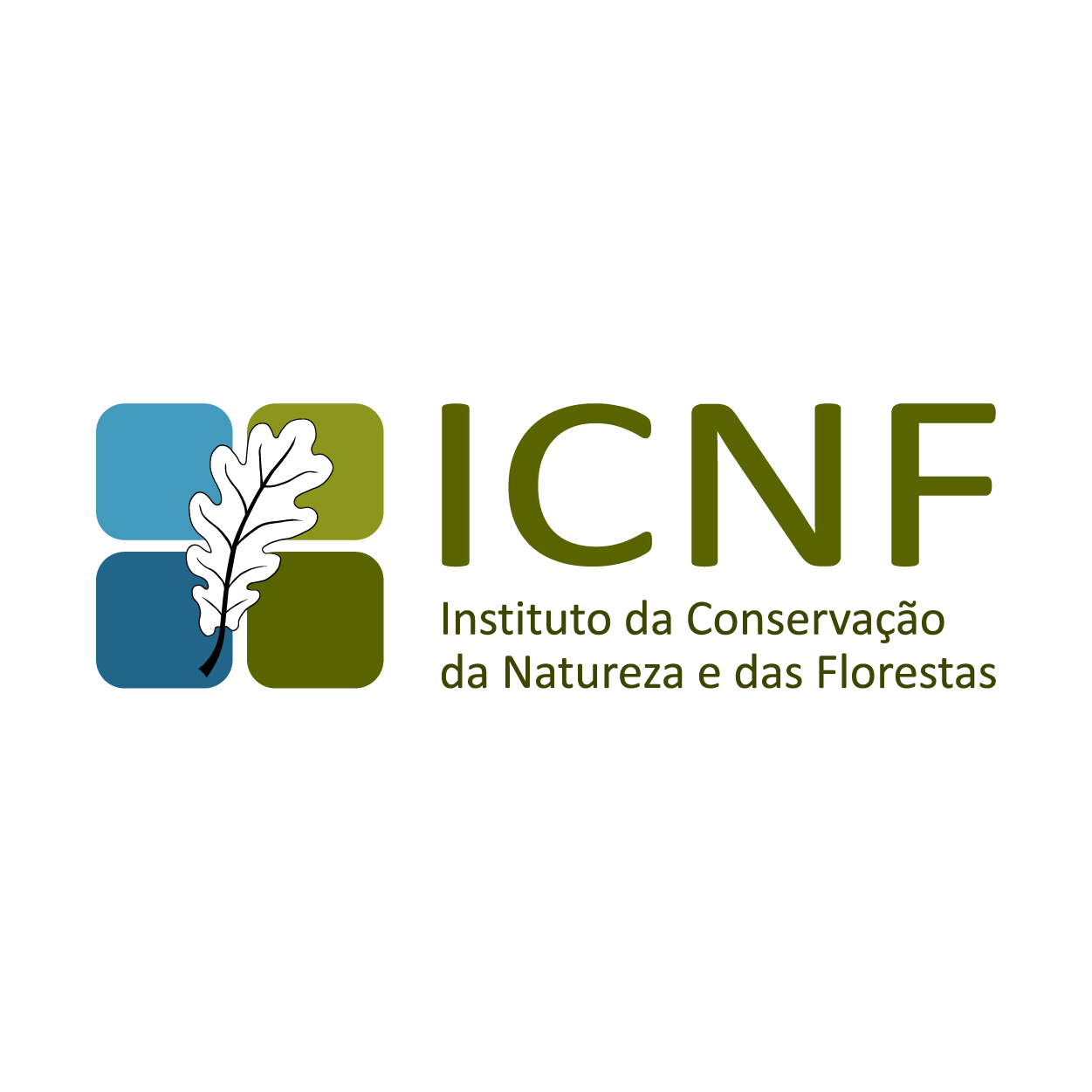
The ICNF or The Institute for the Conservation of Nature and Forests is a public institute integrated in the direct administration of the Portuguese state, managing the natural and forest heritage, involving the actors of territorial development in the measures and actions of nature conservation and forest management.
SAFE cluster
RISE

Ramboll is a consultancy and engineering company with an international reputation, particularly in the field of foresight and multisectoral policies for adaptation to climate change. In FirEUrisk, Ramboll is involved in networking and dissemination tasks as well as the integration of services and results.
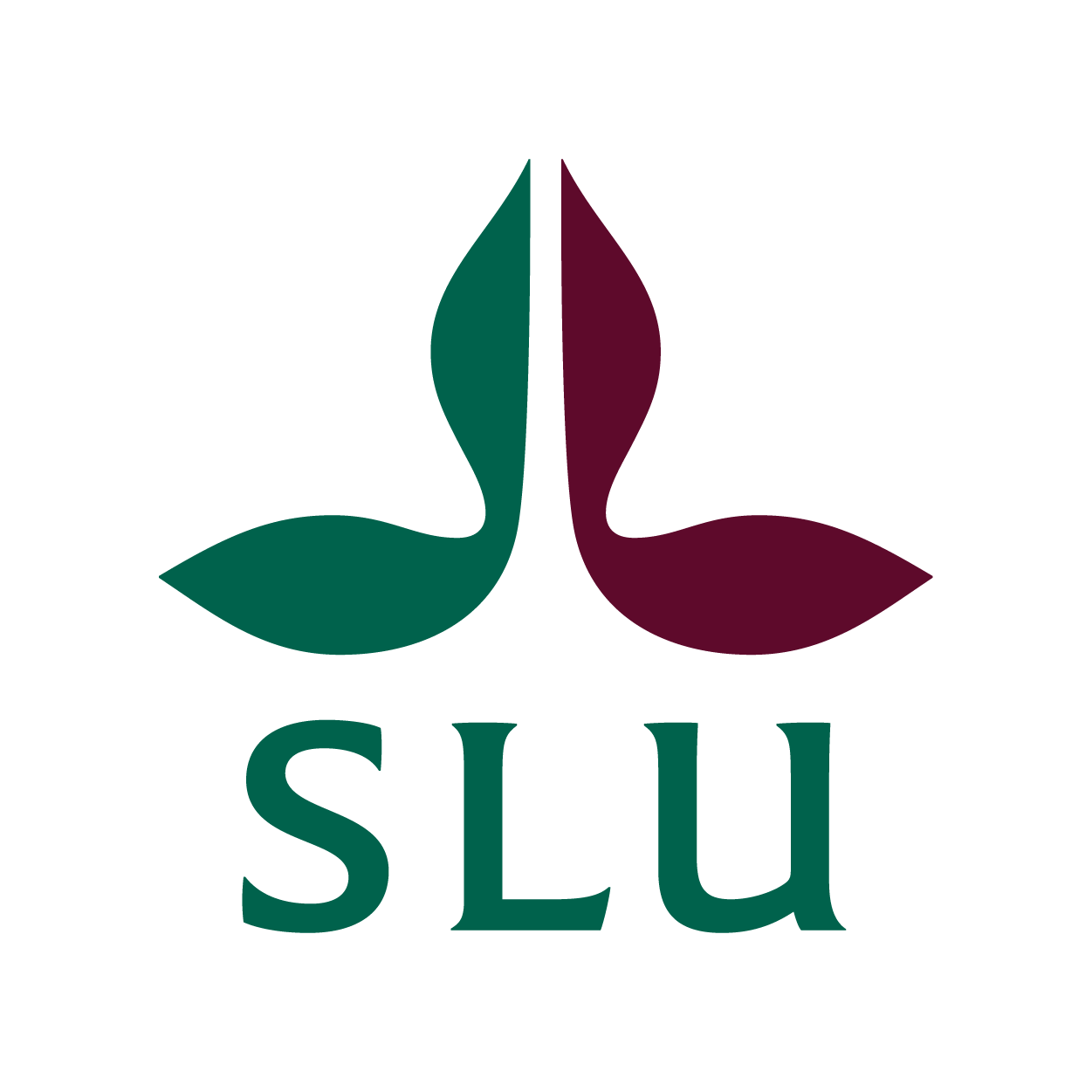
SLU or Swedish Agricultural University is Sweden’s foremost expert in Fire investigations and prescribed burns. In FirEUrisk, SLU will use their old experimental data as well as performing experimental field burns in their experimental forests for adapting fire behaviour model to Scandinavian conditions.
INCDS

IGSU or General Inspectorate for Emergency Situations of Romania under Romania´s Ministry of Internal Affairs works to streamline emergency prevention and management to maintain control of risks and ensure the normality of life of human communities, achieved through a multitude of fire prevention and response activities, release and first aid, rescuing people and limiting the damage caused by natural and man-caused disasters.
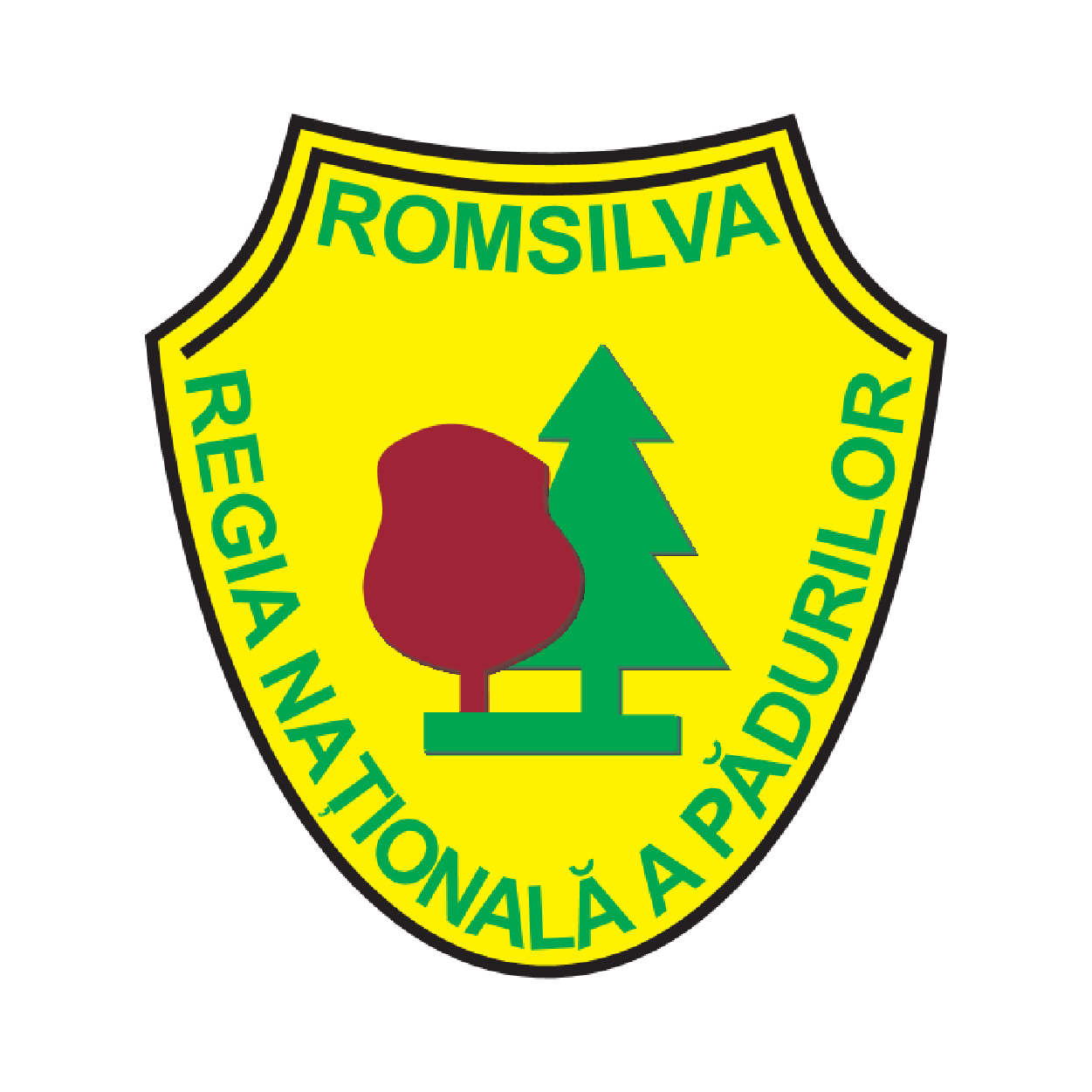
ROMSILVA is the Romanian state-owned enterprise responsible for dealing with the protection, preservation and development of publicly owned forests of the Romanian state, and the management of hunting and fishing grounds, ensuring the conservation of biodiversity in these protected areas.
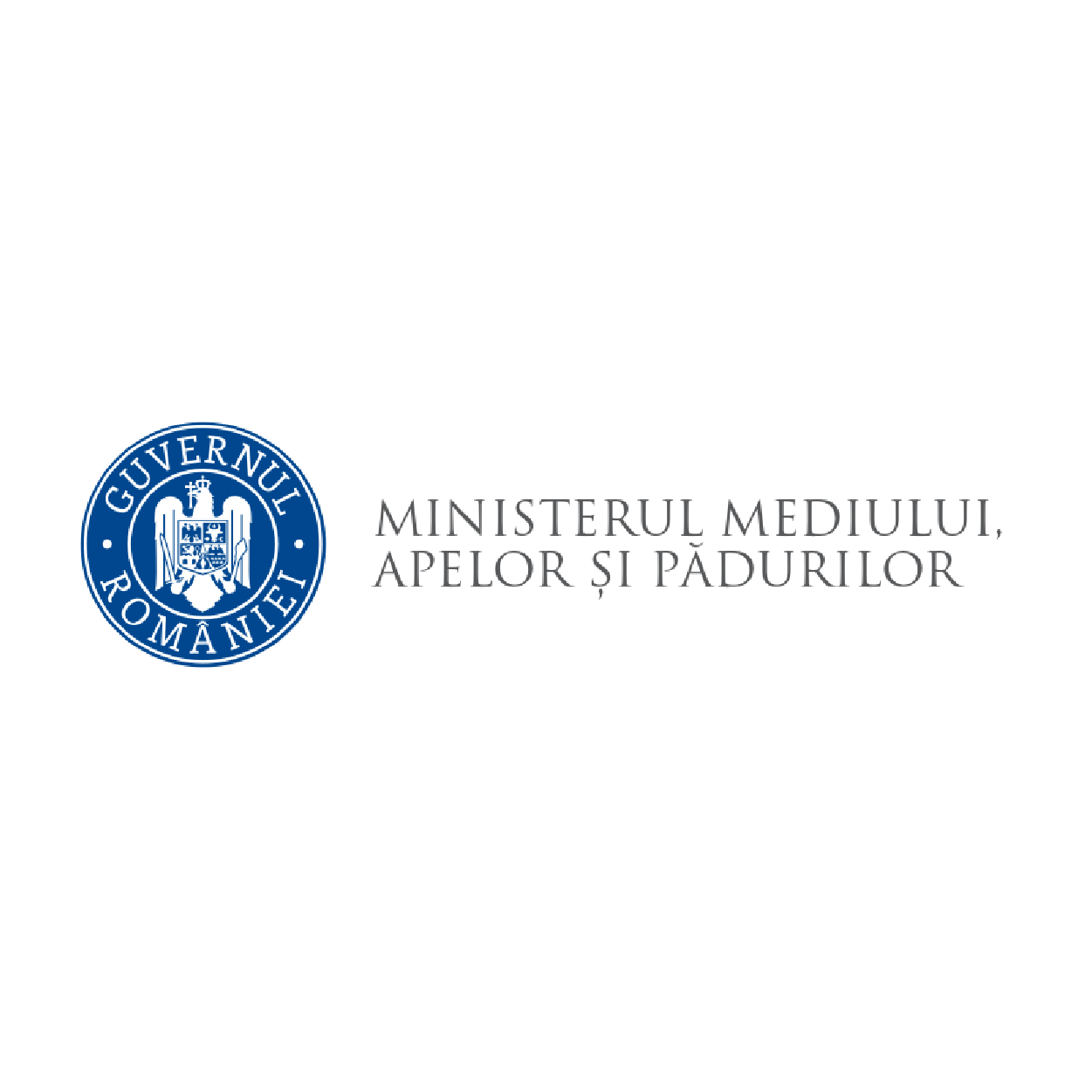
The Ministry of Environment Waters and Forests implements the national policy in the fields of forestry, environmental protection, green economy, biodiversity, protected natural areas, climate change regarding all sectors and subsectors it manages, elaborates the strategy and specific regulations for development and harmonization of these activities within general policy of the Government, ensures and coordinates the application of the Government’s strategy in its fields of competence, fulfilling the role of state authority, synthesis, coordination, regulation, monitoring, inspection and control in these fields.
The Association of Private Forest Administrators is an association for carrying out actions leading to the creation of a modern legal and institutional framework for forest management, management of protected natural areas and nature conservation; domestic and international representation of private forest managers; informing and educating the public to conserve biodiversity and promote a responsible attitude towards nature.
The Association of Private Forest Owners was founded in 1998 with in order to bring together all forest landowners (individuals and legal entities) so that they know each other, and to represent their rights and interests in regarding the forest policies in Romania.
IRD
REEFMC

The Centre National de la Recherche Scientifique (CNRS) is the largest public research organisation in France, accounting for around 1 100 services and/or research units (either joint or not) throughout the country. As a multidisciplinary institution, it covers all fields of scientific research driving various programmes and actions designed to address society and industry expectations.
Chernobyl Radioecological Biosphere Reserve (ChREBR) with its more than 400 staff is the organisation that manages most of the Chornobyl Exclusion Zone (237,000 ha) and is responsible for biodiversity protection and fire management on radioactively contaminated terrains. ChREBR will assist REEFMC in activities related to fire weather and fuel status, analysis of fire propagation, fuel consumption and smoke emission as risk factors. The Chornobyl Exclusion Zone will also serve as pilot study area for the project.

